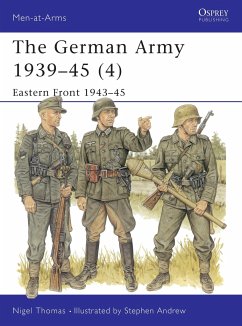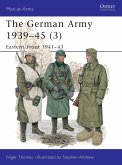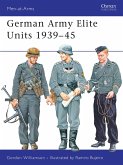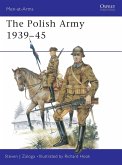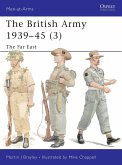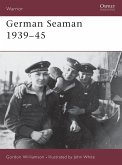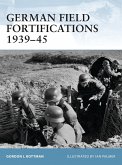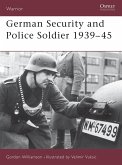In early 1943 the annihilation of the 6th Army at Stalingrad marked the irreversible turning-point of the war in the East. Despite occasional local successes gained in the face of great odds - testimony to the Wehrmacht's extraordinary resilience - from now on Germany was on the defensive. Despite Hitler's damaging interference the quality of German field leadership, and of new weapons, remained high; but each new Soviet offensive pushed the front line closer to - and finally, across - the borders of the Reich. In this fourth title of their sequence author and artist describe and illustrate the developments in unit organization, uniforms and equipment during 1943-45, including information on European and Eastern volunteer units; text and illustrations are supported by detailed tables. Men-at-Arms 311, 316, 326, 330 and 336 are also available in a single volume special edition titled 'German Army in World War II'.
Hinweis: Dieser Artikel kann nur an eine deutsche Lieferadresse ausgeliefert werden.
Hinweis: Dieser Artikel kann nur an eine deutsche Lieferadresse ausgeliefert werden.

